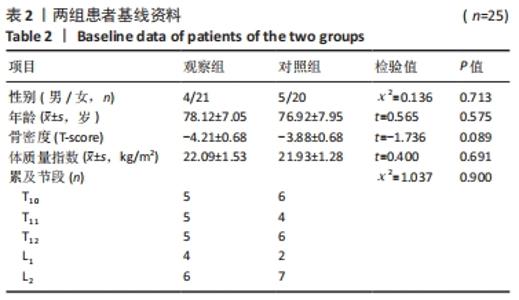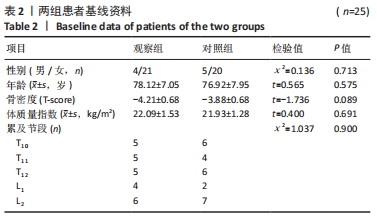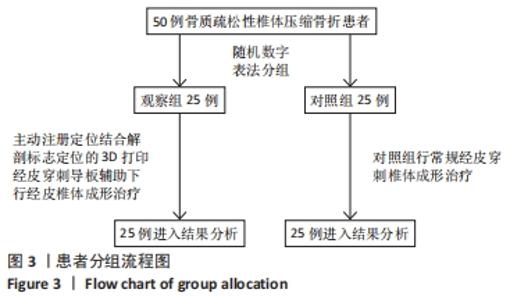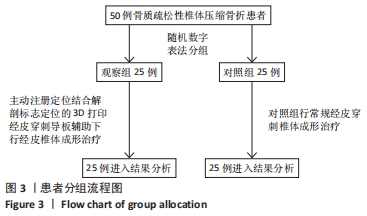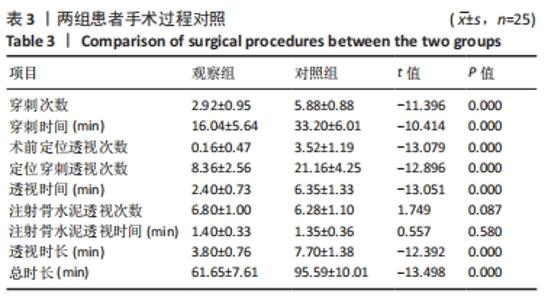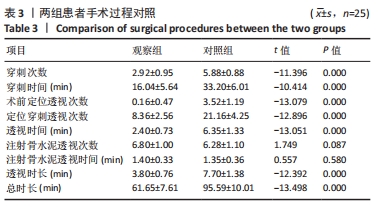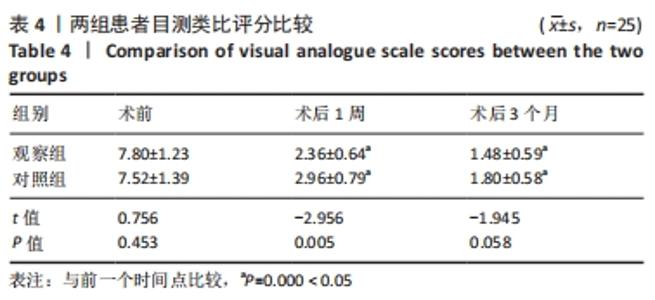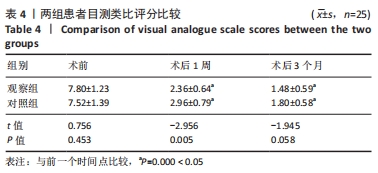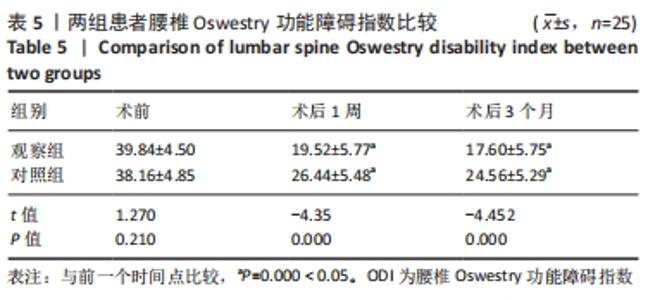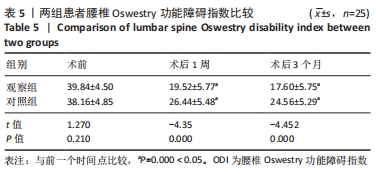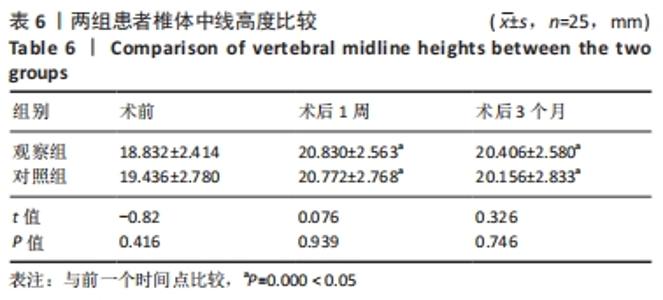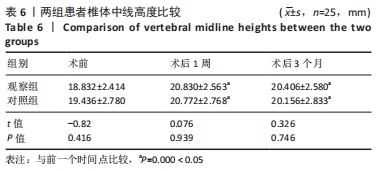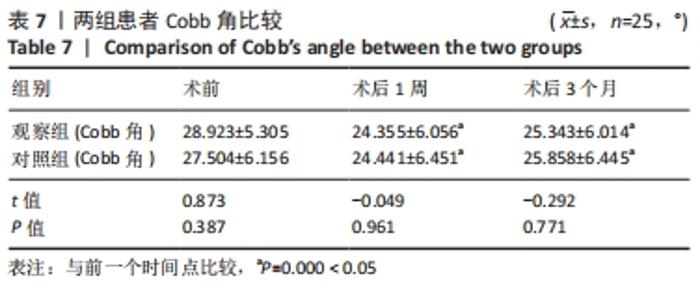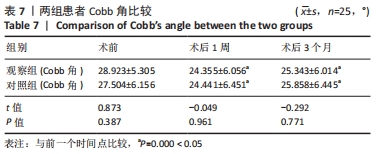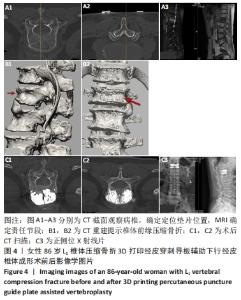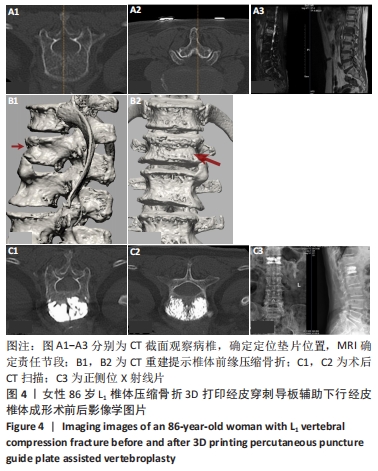[1] Wasfie T, Jackson A, Brock C, et al. Does a fracture liaison service program minimize recurrent fragility fractures in the elderly with osteoporotic vertebral compression fractures? Am J Surg. 2019; 217(3):557-560.
[2] 华茂奇,王上增,沈锦涛,等.骨质疏松性椎体压缩骨折治疗:椎体成形术(膨胀式)与椎体后凸成形术的对比[J].实用医学杂志, 2020,36(11):1478-1482.
[3] Noriega DC, Rodrίguez-Monsalve F, Ramajo R, et al. Long-term safety and clinical performance of kyphoplasty and SpineJack® procedures in the treatment of osteoporotic vertebral compression fractures: a pilot, monocentric, investigator-initiated study. Osteoporos Int. 2019;30(3):637-645.
[4] Bousson V, Hamze B, Ddri G, et al. Percutaneous vertebral augmentation techniques in osteoporosis and traumatic fractures.Semin Intervent Radiol. 2018;35(4):309-323.
[5] 费琦,赵凡,孟海,等.术前数字化设计辅助的改良椎体成形术治疗骨质疏松性椎体压缩骨折[J].中华医学杂志,2016,96(9):731-735.
[6] 常丽鹏,申军,赵敏,等.3D打印数字技术辅助经皮穿刺椎体成形术治疗重度骨质疏松性椎体压缩骨折的临床效果[J].安徽医学, 2019,40(12):1327-1331.
[7] Guo F, Dai J, Zhang J, et al. Individualized 3D printing navigation template for pedicle screw fixation in upper cervical spine. PLoS One. 2017;12(2):e0171509.
[8] Zhou W, Xia T, Liu Y, et al. Comparative study of sacroiliac screw placement guided by 3D-printed template technology and X-ray fluoroscopy. Arch Orthop Trauma Surg. 2020;140(1):11-17.
[9] Sun W, Zhang L, Wang L, et al. Three-Dimensionally Printed Template for Percutaneous Localization of Multiple Lung Nodules. Ann Thorac Surg. 2019;108(3):883-888.
[10] Zhang L, Li M, Li Z, et al. Three-dimensional printing of navigational template in localization of pulmonary nodule: A pilot study. J Thorac Cardiovasc Surg. 2017;154(6):2113-2119.e7.
[11] Feng ZH, Li XB, Phan K,et al. Design of a 3D navigation template to guide the screw trajectory in spine: a step-by-step approach using Mimics and 3-Matic software. J Spine Surg. 2018;4(3):645-653.
[12] Hu Y, Yuan ZS, Spiker WR, et al. Deviation analysis of C2 translaminar screw placement assisted by a novel rapid prototyping drill template: a cadaveric study. Eur Spine J. 2013;22(12):2770-2776.
[13] Butscher A, Bohner M, Hofmann S, et al. Structural and material approaches to bone tissue engineering in powder-based three-dimensional printing. Acta Biomater. 2011;7(3):907-920.
[14] 中华医学会医学工程学分会数字骨科学组 国际矫形与创伤外科学会(SICOT)中国部数字骨科学组.3D打印骨科手术导板技术标准专家共识[J].中华创伤骨科杂志,2019,21(1):6-9.
[15] Restelli U, Anania CD, Porazzi E, et al. Economic study: an observational analysis of costs and effectiveness of an intraoperative compared with a preoperative image-guided system in spine surgery fixation: analysis of 10 years of experience. J Neurosurg Sci. 2019. doi: 10.23736/S0390-5616.19.04638-1.
[16] Li Z, Xu D, Li F, et al. Design and application of a novel patient-specific 3D printed drill navigational guiding template in percutaneous thoracolumbar pedicle screw fixation: A cadaveric study. J Clin Neurosci. 2020;73:294-298.
[17] Liu K, Zhang Q, Li X, et al. Preliminary application of a multi-level 3D printing drill guide template for pedicle screw placement in severe and rigid scoliosis. Eur Spine J. 2017;26(6):1684-1689.
[18] 张愈峰.3D打印导航板在椎间孔镜下腰椎髓核摘除术中的临床应用[J].中国脊柱脊髓杂志,2019,29(5):444-448.
[19] 倪鹏辉,刘大鹏,张鹰,等.3D打印个体化导向板在经皮椎体成形术中的应用效果观察[J].中国骨与关节损伤杂志,2017,32(11): 1131-1134.
[20] Wan SX, Meng FB, Zhang J, et al. Experimental Study and Preliminary Clinical Application of Mini-invasive Percutaneous Internal Screw Fixation for Scaphoid Fracture under the Guidance of a 3D-printed Guide Plate. Curr Med Sci. 2019;39(6):990-996.
[21] Yang EZ, Xu JG, Huang GZ, et al. Percutaneous Vertebroplasty Versus Conservative Treatment in Aged Patients With Acute Osteoporotic Vertebral Compression Fractures: A Prospective Randomized Controlled Clinical Study. Spine (Phila Pa 1976). 2016;41(8):653-660.
|
